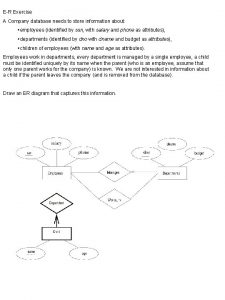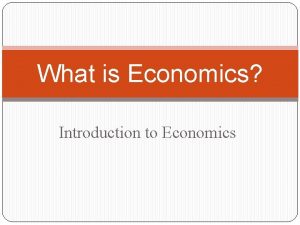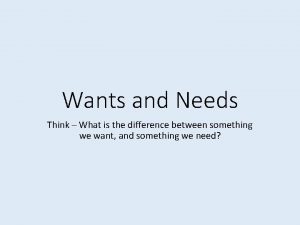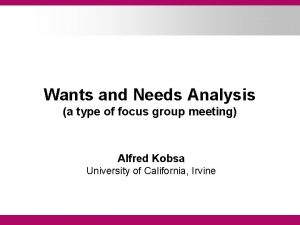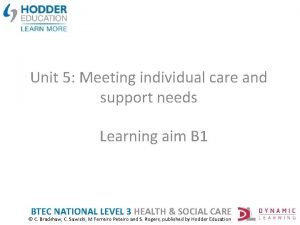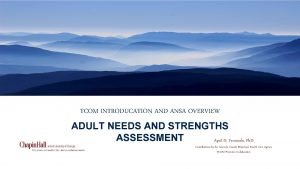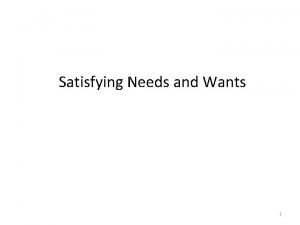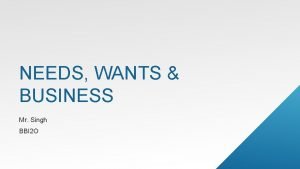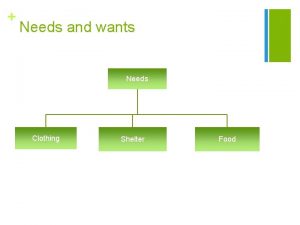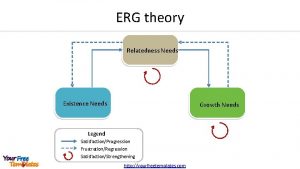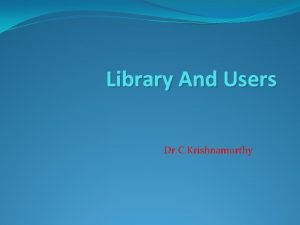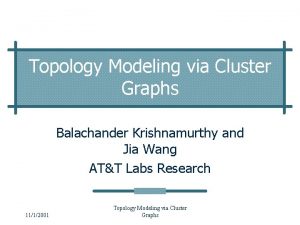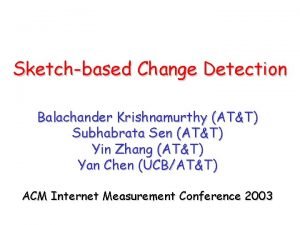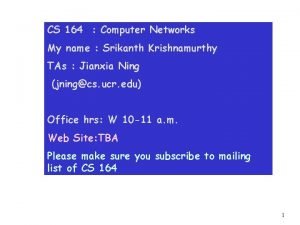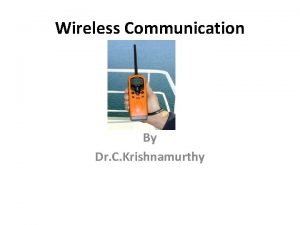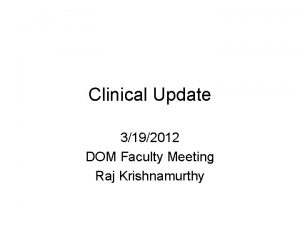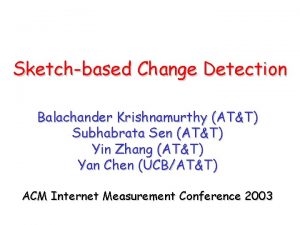Information and Information Needs Dr Krishnamurthy Information is



















- Slides: 19

Information and Information Needs Dr. Krishnamurthy

Information is considered to be an important ingredient of man’s life cycle, in fact it is said that there is no life in the society without information. Information is the input of knowledge and is always received through the sources However it is not easy to define the term information precisely. It has many aspects by nature. In most of the dictionaries. . Information is defined as: Knowledge. Intelligence Facts or data Which can be used, transferred or communicated

According to Rawley “ Information is the data which can be transmitted between individuals and each individuals can make whatever use he can of it. Farradane Defines information as “any physical form of representation or surrogate of knowledge or of a particular thought used for communication It may be: a message a signal or a Stimulus However Ranjan says “No universally accepted definition of information has yet crystallized, perhaps it will never be crystallized.

Information Needs The terms Information and Information needs requires careful definition. However, the concept of information need has proved to be an elusive one to define, isolate & to measure Information need is further complicated by the necessity to distinguish among: Expressed needs Unexpressed needs Unfelt needs etc. However some of the experts have tried to define the concept of information needs

Krikelas (1983) has defined it as the “ recognition of the existence of uncertainty” Faibisoff and ELY (1976), viewed the information need as either shaped by activity such as problem solving or decision making. Or As latent manifest through as passive reception of information which is stored as knowledge. A need is generally conceived as describing what an individual requires for his Work; Education; Recreation;

Psychologists divides human needs in three categories: Physiological needs: ex; Need for food, clothing & shelter Affective needs; ex; need for attainment for domination etc Cognitive needs: ex; Need to plan to learn a skill etc Belkin defines that information need as a condition or situation that exists, when internal sense runs out.

Models of Information Needs (Practical Needs) Hearst Model



As it is a well known fact that information is a valuable commodity. It is very essential to create information awareness and to promote the use of information. So it is a must to know the needs of the users The present age of information explosion has resulted in an escalating growth of micro-documents and also the information needs of users has become varied and multi dimensional. The information use and user needs both are directly concerned with users. The users are the ultimate recipients of information in the communication cycle.

A user may belong to a user group with identifiable interests and environment. The individual may differ with regard to : Attitudes, beliefs, values Goals Communication attitudes Experience & habit Cultural background etc The viewpoint of users towards information varies according to the intended use. Although the users in a particular working environment may have common viewpoint and often share the same priorities in the value of information. There may be differences in the attitude towards the use of information.

Another dimension of the information use is the purpose for which it is being used in Research Planning or Problem solving etc The information priorities of a user depends upon the interested use at a given time and not dependent on the users discipline. Depending on the role of users the information priorities shift accordingly. For instance a person at present may be a researcher, a planner next day and an expert on some other day. A user may not be always aware of his needs. Use can occur without a demand being expressed or even without a want being felt.

One of the problems of meeting user needs is that it is difficult to estimate their want because they will not know about the range of possibilities. Users do not by any means reacts to changes. All information system designers do not realize the need to build the system around the user, but attempt to mould the user to fit the system. It is very essential that to provide effective and efficient services to users, one must know their users and their needs.

Information Needs and Seeking Information need is extremely complex, varied and difficult to measure. A natural assumption is to consider the needs as perceived by the users. But some experts are of the view that one must create information needs amongst users if it does not exist and that information seekers may be ignorant of the information that would be useful to them.

Information Needs are affected by many factors: Such as § Range of knowledge of information sources/facilities available. § Variety of users to which information will be put § The background, motivation, professional orientation, type and area of work and other individual-characteristics of the users. § The social political and economic system as well as the consequences of information use Due to this contingency nature, generalized one time conclusion about information need of users is impracticable

Studies relating to ‘information needs’ categories needs as: § Perceived needs & actual or ideal needs § Immediate needs & deferred needs § Continuous needs & discrete needs § Regular & irregular needs § Unexpressed & expressed needs § Felt and unfelt needs § Dormant & delitesscent needs

In addition, information needs of users can be expressed in terms of § Time (i. e. urgency) § Content and § Amount or quantity of information Accordingly, information-needs have been classified as needs for; �Single fact or exhaustive information �Updated, historical or current information �Technical or business information

Some of the significant classification, based on the nature and type of information sought by users: § Personal § Technical and task-related information § Current § Specific and exhaustive information § Theoretical information § Experimental results § Data § Methods and procedure information § Educational information § Methodical or how to do it information

In addition it is also possible to determine the amount or level of information required in core verses peripheral areas of interest of users, as well as the non-technical information required, Information requirements in new fields verses old fields. The profession and organization oriented information Work related information are the main information needs
 Krishnamurthy viswanathan
Krishnamurthy viswanathan Sailesh krishnamurthy
Sailesh krishnamurthy Arvind krishnamurthy
Arvind krishnamurthy Primary needs and secondary needs
Primary needs and secondary needs Primary needs and secondary needs
Primary needs and secondary needs Henry murray theory
Henry murray theory Strategic gender needs and practical gender needs
Strategic gender needs and practical gender needs Definition of need analysis
Definition of need analysis A company database needs to store information
A company database needs to store information Diversity and human needs and development
Diversity and human needs and development Stated and unstated needs travel and tourism
Stated and unstated needs travel and tourism Home republic myer
Home republic myer Wants and needs economics
Wants and needs economics Difference between want and need
Difference between want and need Needs and wants analysis
Needs and wants analysis Meeting individual care and support needs
Meeting individual care and support needs Adult needs and strengths assessment
Adult needs and strengths assessment Satisfying needs 7
Satisfying needs 7 Business needs and wants
Business needs and wants Needs wants and demands
Needs wants and demands








